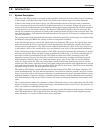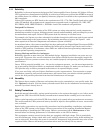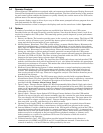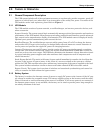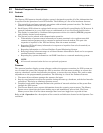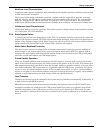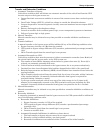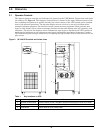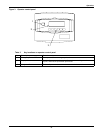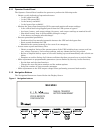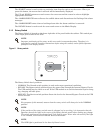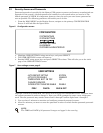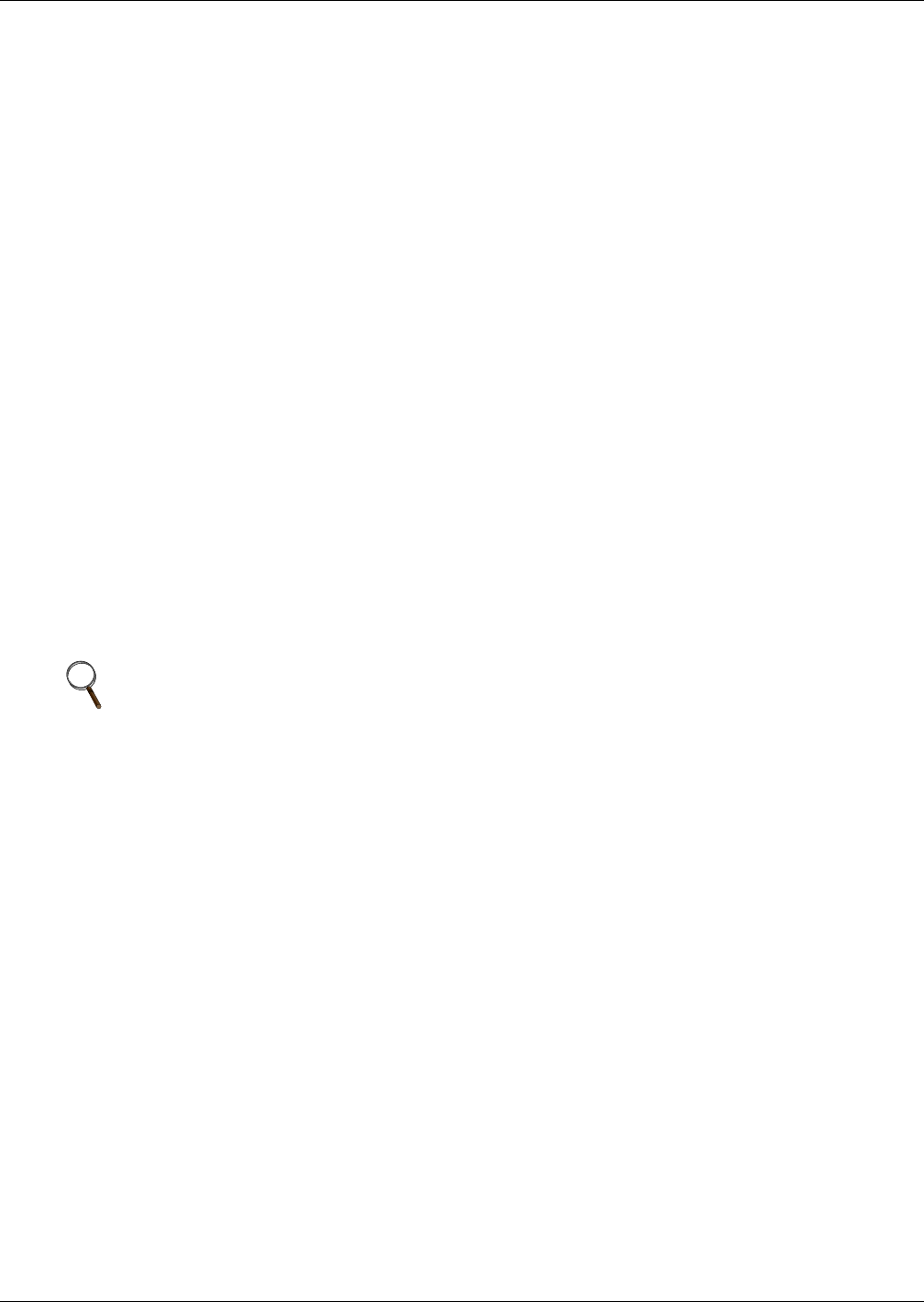
Theory of Operation
11
Operation After End-of-discharge
The battery time screen displayed on the control panel enables you to estimate when battery shut-
down will occur. You will have enough time to energize an alternate AC power source or to initiate an
orderly shutdown of the critical load. If the battery plant discharges to the shutdown point during an
outage, the UPS automatically disconnects the load, the AC input, and the battery. After AC input
power is restored, the rectifier can be manually restarted by the Operator.
Battery Disconnect
The module battery disconnect (MBD) circuit breaker is used to isolate the UPS module from the bat-
tery during maintenance, and to automatically disconnect the battery from the inverter at the end of
battery discharge. The MBD circuit breaker must be closed manually unless you have the optional
motorized battery breaker. (See 3.3.8 - Auto Restart).
Battery Charge Current Limiting
The battery recharge current, after a battery discharge, is limited to between 1 and 25% (adjustable)
of the full load maximum discharge current stated in AMPS. This regulates the amount of current
that flows from the power source to the battery while the battery is recharging.
The battery charge current limit is factory set at one-half of maximum or 12.5% for normal operation
and at 1% for alternate power source recharge operation.
Battery Equalize Charge Circuit
The battery equalize charge feature can be manually initiated or it can be programmed to operate
automatically. Either can be selected from the battery equalize screen displayed on the control panel.
The automatic battery equalizing charge circuit increases the rectifier/charger output voltage to
charge the battery anytime there is a power outage of 30 seconds or longer. The equalizing voltage is
slightly higher than the float voltage. This helps all the batteries in a string to reach a uniform state
of charge.
2.2.4 Inverter
The inverter is a solid state device that converts the DC output of the rectifier/charger or the battery
to AC power.
Operation
The inverter converts DC power from either the battery or the rectifier/charger into three pulse-
width-modulated/six-step waveforms. These waveforms are filtered into low-distortion sine wave
power. The inverter is controlled by a Digital Signal Processor (DSP). This DSP controls the precise
synchronization, amplitude, and frequency of the output voltage.
In addition to the inverter efficiently supplying a regulated AC output from a DC source, the inverter
output provides isolation between the critical load bus and the commercial source power. The inverter
is configured to handle most critical load inrush surges. It maintains output voltage Total Harmonic
Distortion (THD) within specifications even when handling nonlinear computer loads.
Output Regulation and Overload Performance
The inverter is capable of sustaining full output voltage (±1% of the nominal voltage) for up to 150%
overload at the output for as long as 60 seconds without reducing the output voltage. It can also han-
dle at least 125% of the rated current for up to 10 minutes. If an overload exceeds the system capacity
and a bypass source is available, the critical load is transferred to the bypass source and the inverter
is disconnected from the load.
NOTE
The manufacturers of the valve-regulated batteries supplied with Liebert’s standard battery
cabinets recommend that when first installed the batteries be equalize charged. After that
initial equalize charge, they recommend no further equalize charging for their batteries. Other
manufacturers may have different recommendations for their products. Consult the battery
manufacturer’s manual for specific information about equalize charging.



